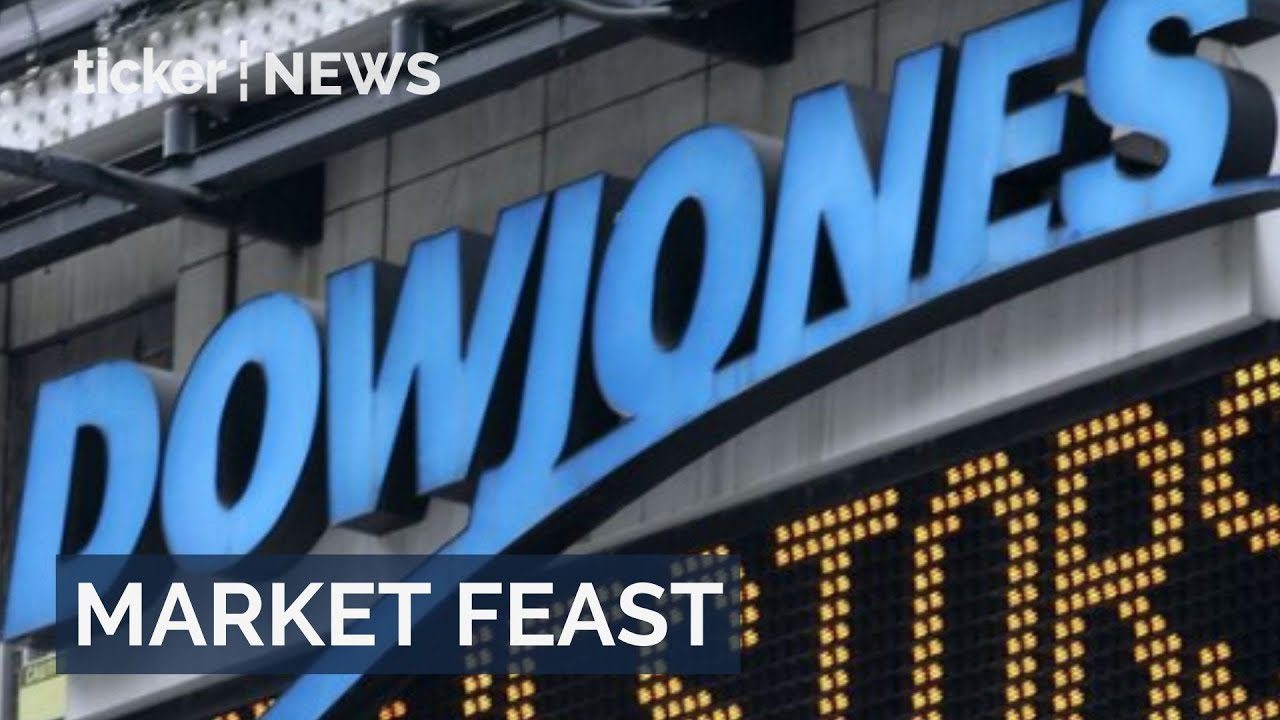First came the Great Resignation, but now there are signs that businesses are about to begin the Great Sacking, to cope with economic headwinds
For the past 18 months, workers around the world have been signaling they’ve had enough. From burnout to worker fatigue, thousands have handed in their notice and in many cases taken that once in a lifetime trip.
Only two years earlier they would have been deemed mad to quit their high-flying corporate job, to step off the career ladder and venture into the unknown.
On their side was a record-low unemployment rate, and rising wages as businesses tried to lure fewer and fewer available workers.
But now there are signs that the good times for workers are coming to a sudden and dramatic end.
The great sacking
Amidst new forecasts indicating the impending ‘Great Sacking,’ a Brisbane employment lawyer, Jonathan Mamaril of NB Employment Law, urges workers to abandon quiet quitting and brace themselves for uncertain times.
The pandemic-induced rise in wages and the escalating cost of living have pushed employers to reevaluate their payroll structures, seeking ways to cut expenses.
One critical cost factor that has surged is the Wage Price Index (WPI), which gauges labor costs. Over the past three years since March 2020, the WPI has escalated by 1.5 per cent, reaching a peak of 3.7 per cent, the highest since September 2012, after a slight dip during the pandemic’s early stages.
Wage growth has also surged, with the private sector witnessing a 3.8 per cent increase and the public sector a 3 per cent climb between September 2020 and March 2023. The Average Weekly Earnings Report reveals that the average adult earns $1875.20 weekly, subject to the type of work, sector, and any overtime worked.
To cope with these mounting costs, mid-to-large sized businesses are now contemplating restructuring and redundancy strategies to curtail company spending.
Mr. Mamaril predicts that the first major wave of the wages correction cycle will likely strike just before Christmas, extending into early 2024. Overpaid employees may be the first to face lay-offs, especially those earning 30 per cent above industry and job level averages due to businesses’ desperation to secure staff.
Furthermore, positions that can be outsourced, such as administration, human resources, and marketing roles, are also at risk of being eliminated.
The situation calls for vigilance and readiness as the workforce braces for potential workforce reductions and restructuring in the coming months.
Telstra redundancies
Big companies are now trying to keep investors happy, amid higher costs.
Under the leadership of Chief Executive Vicki Brady, Telstra has made a significant move by cutting nearly 500 positions, marking its first major round of job cuts.
The telecommunications company is reducing staff across its enterprise unit, with the majority of the 472 affected roles located within the telco’s enterprise workforce.
These job cuts are part of Telstra’s ambitious goal to reduce fixed costs by $500 million as outlined in its T25 strategic plan. The plan was initially introduced by former CEO Andy Penn and has been continued under Ms. Brady’s leadership.
A Telstra spokesperson confirmed the proposed changes, stating that they aim to reshape the business to maintain competitiveness, efficiency, and effectiveness in their operations.
However, Telstra says there will be no workforce reductions in the Telstra consumer teams responsible for serving customers in stores, over the phone, or at home.




 Leaders4 days ago
Leaders4 days ago


 Leaders4 days ago
Leaders4 days ago


 Leaders3 days ago
Leaders3 days ago


 Leaders3 days ago
Leaders3 days ago


 News3 days ago
News3 days ago


 News4 days ago
News4 days ago


 News4 days ago
News4 days ago


 News4 days ago
News4 days ago







